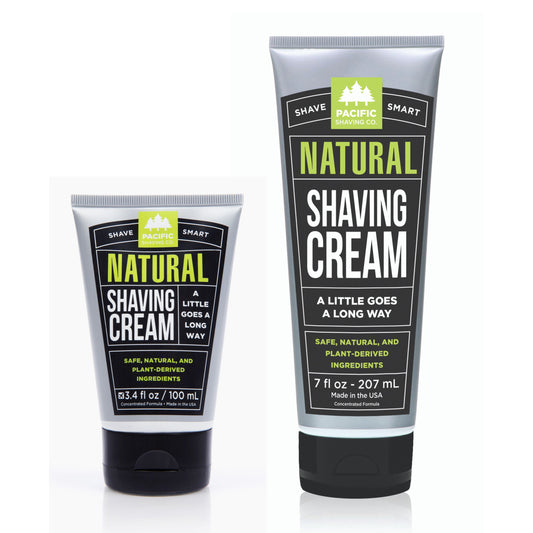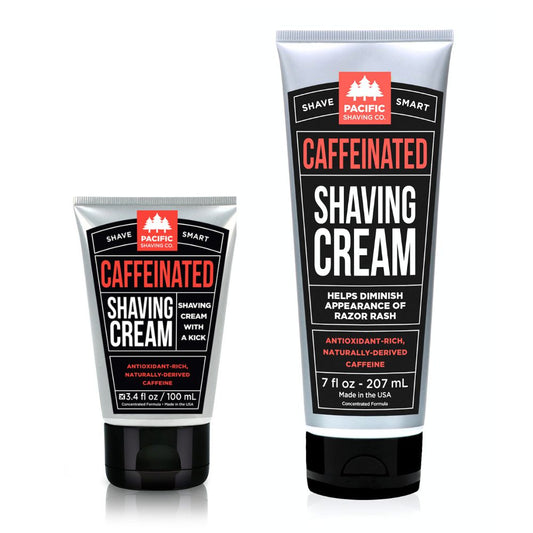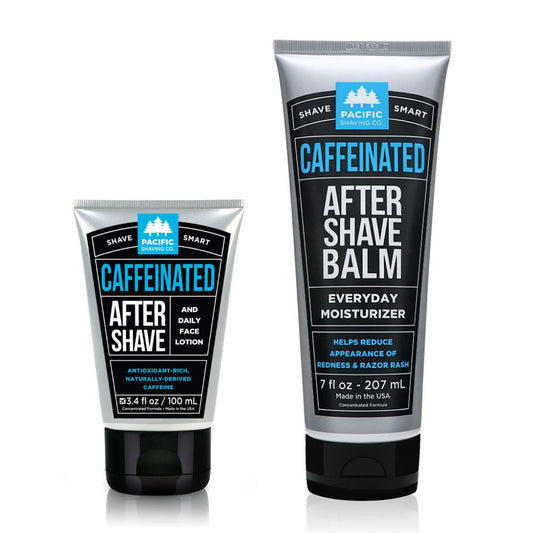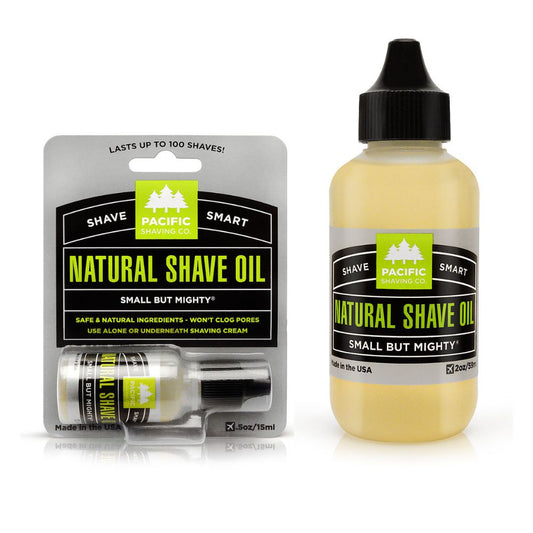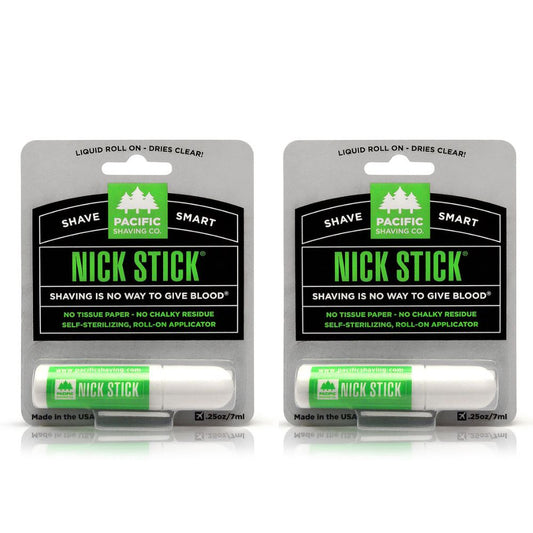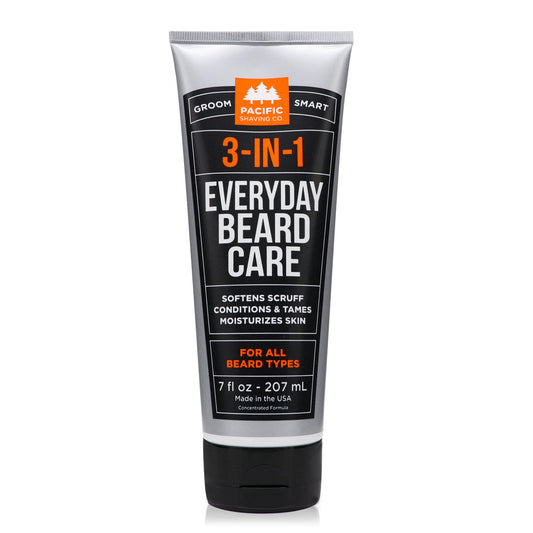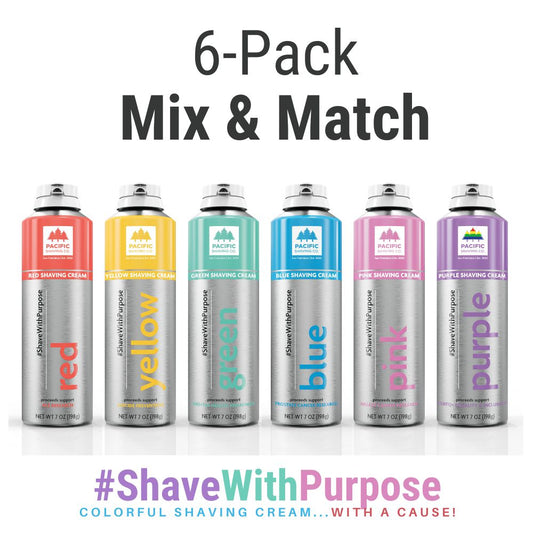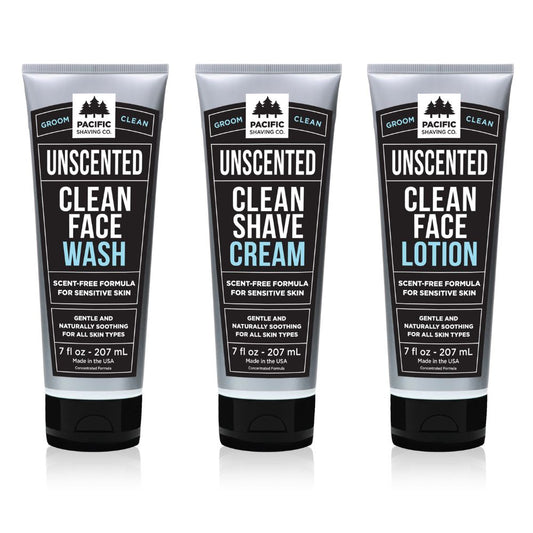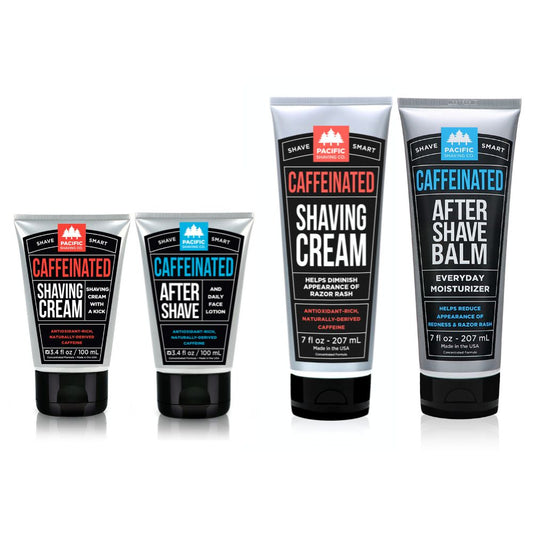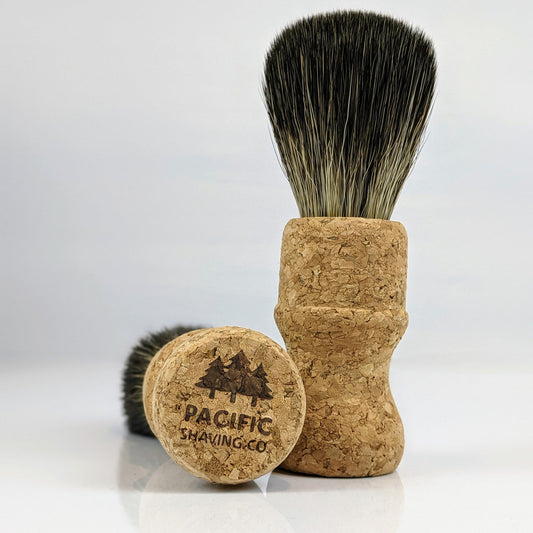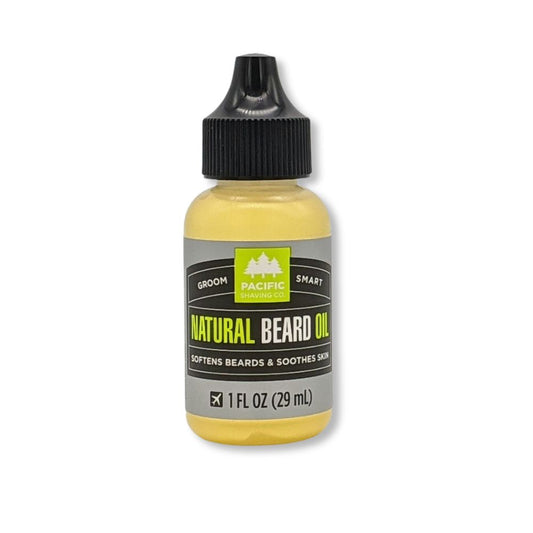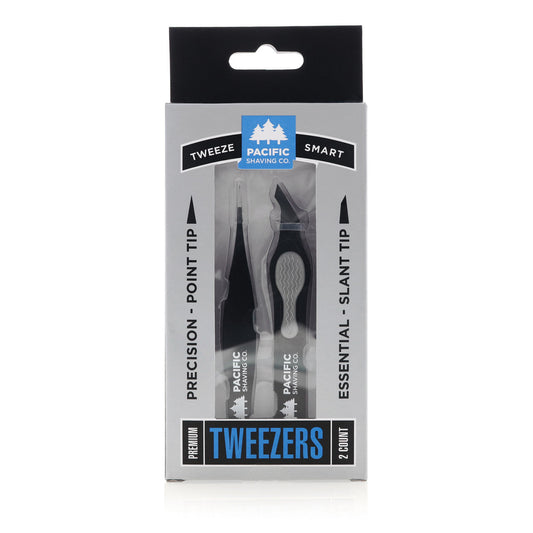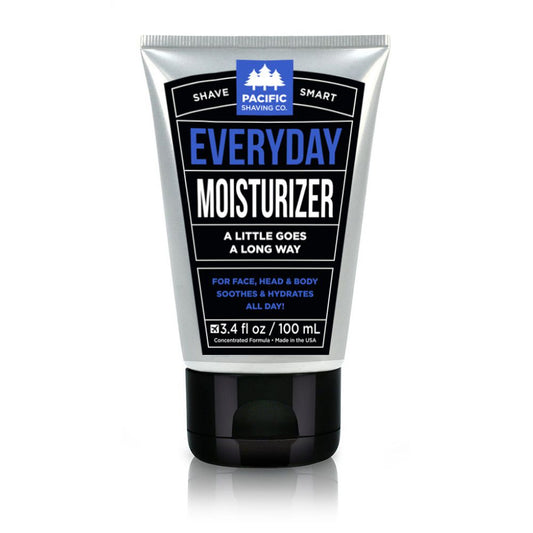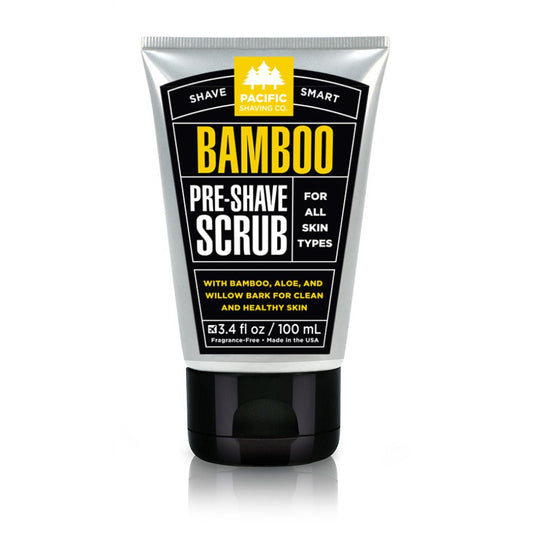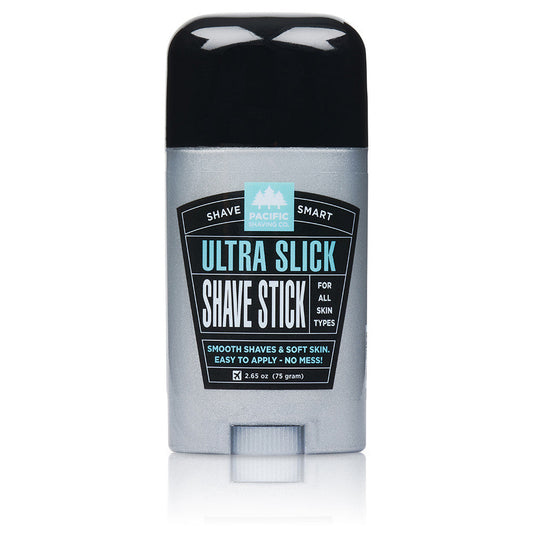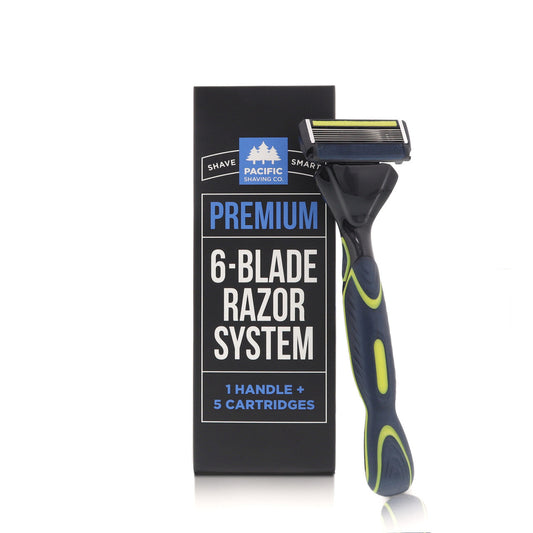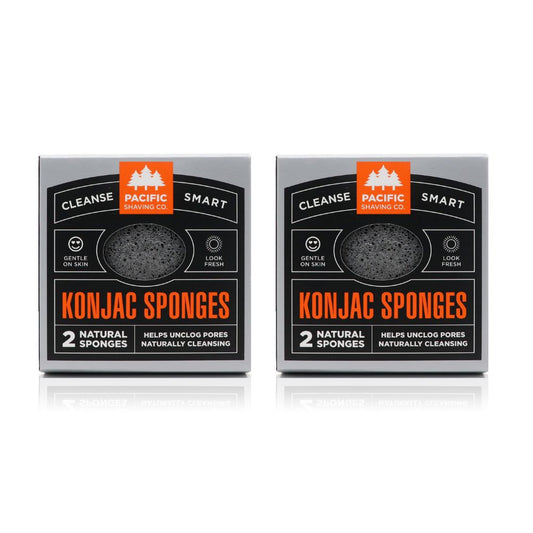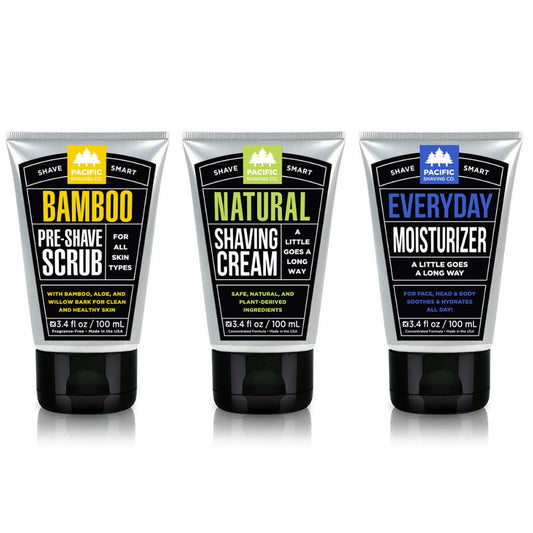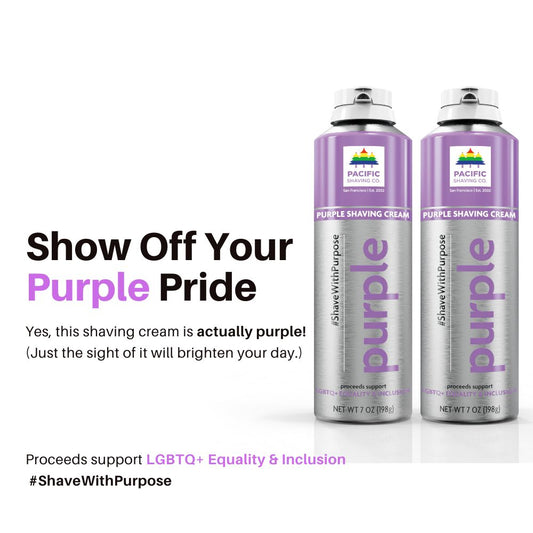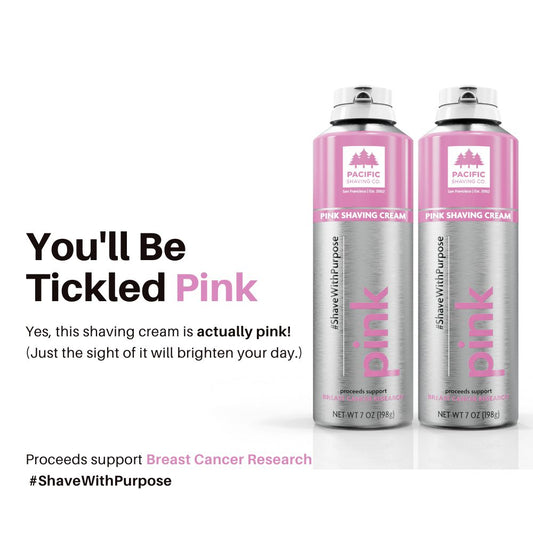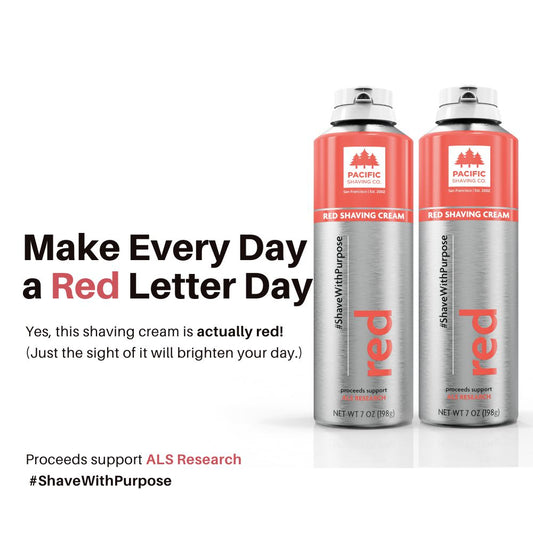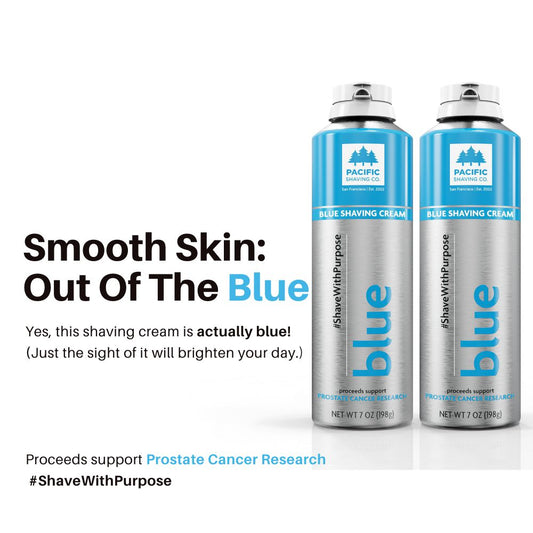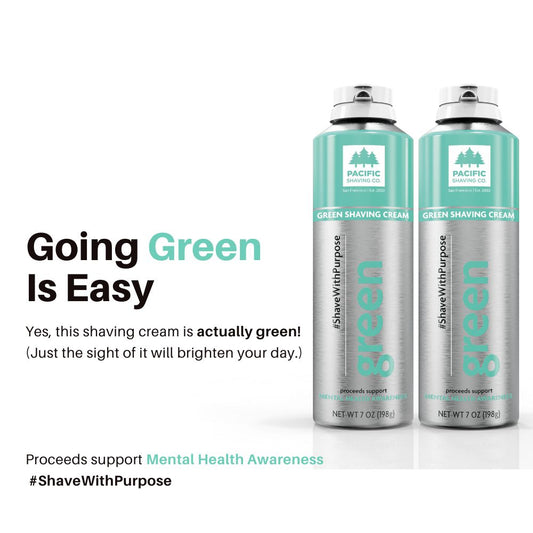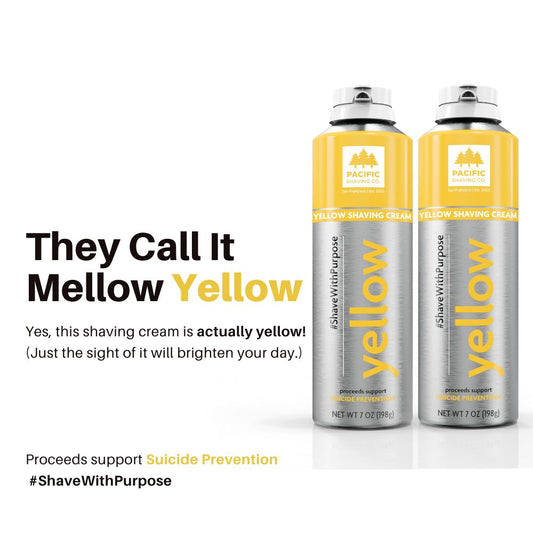The Fascinating History of Shaving Cream
In the world of grooming, one ubiquitous and seemingly mundane product has played a pivotal role in transforming the ritual of shaving into a smoother, more enjoyable experience – shaving cream. The journey (and pursuit) of the perfect shave is actually quite interesting:
Ancient Beginnings:
The history of shaving cream can be traced back to ancient civilizations where individuals sought various substances to facilitate the shaving process. Ancient Egyptians, for example, used a combination of animal fats and wood alkali to create a primitive form of shaving soap. This concoction not only softened the hair but also moisturized the skin, laying the groundwork for future shaving preparations.
The Renaissance and the Rise of Barber-surgeons:
During the Renaissance, the art of grooming experienced a resurgence in Europe. Barber-surgeons, skilled in both the art of surgery and hairdressing, emerged as key figures in society. These professionals developed their own formulations for shaving preparations, incorporating oils, herbs, and scents to enhance the shaving experience. The emphasis shifted from mere functionality to a more luxurious and aromatic experience.
The Advent of Shaving Soap:
By the 19th century, shaving soap had become a staple in the grooming routines of men around the world. These soaps were often made from a combination of tallow (animal fat), water, and lye. The lathering properties of these soaps helped to create a protective layer on the skin, allowing the razor to glide smoothly and reducing the risk of irritation.
The Birth of Shaving Cream:
The transition from shaving soap to shaving cream marked a significant turning point in the history of grooming. The late 19th century witnessed the introduction of the first true shaving creams, which differed from their soap counterparts in texture and application. These creams, often formulated with a combination of soap and cream-like substances, provided a richer lather and a more indulgent shaving experience.
Innovation in the 20th Century:
The 20th century brought about further advancements in the formulation of shaving creams. The introduction of pressurized aerosol cans revolutionized the application process. In the 1940s, with World War II underway, aerosol shaving creams gained popularity among soldiers for their convenience and ease of use. Post-war, this trend continued, and aerosol shaving creams became a household staple.
The Rise of Brushless Creams:
As the mid-20th century unfolded, brushless shaving creams entered the scene, providing a convenient alternative to traditional shaving soaps and creams. These creams eliminated the need for a shaving brush, catering to the growing demand for quick and efficient grooming products. The formulas often included emollients and moisturizers to soothe the skin during and after shaving.
Modern Formulations:
In recent decades, the grooming industry has witnessed a surge in the development of shaving creams with diverse formulations to cater to different skin types and preferences. Moisturizing agents, soothing botanical extracts, and fragrances ranging from classic to contemporary have become integral components of modern shaving cream formulations. Some creams even incorporate advanced skincare ingredients to address specific skin concerns.
The DIY Movement:
With the resurgence of interest in traditional grooming practices, the do-it-yourself (DIY) movement has gained momentum. Enthusiasts experiment with creating their own shaving creams using natural ingredients like shea butter, coconut oil, and essential oils. This trend reflects a return to the roots of grooming, reminiscent of the early days when individuals crafted their shaving preparations from locally available resources.
Environmental Consciousness:
In the 21st century, as environmental awareness takes center stage, there has been a growing demand for eco-friendly shaving cream options. Brands are responding by introducing products with sustainable packaging, cruelty-free ingredients, and minimal environmental impact. The evolving landscape of grooming products reflects a shift towards products that align with ethical and eco-conscious consumer values.
So, the next time you lather up, take a moment to reflect on the centuries of innovation that have shaped the history of shaving cream!


